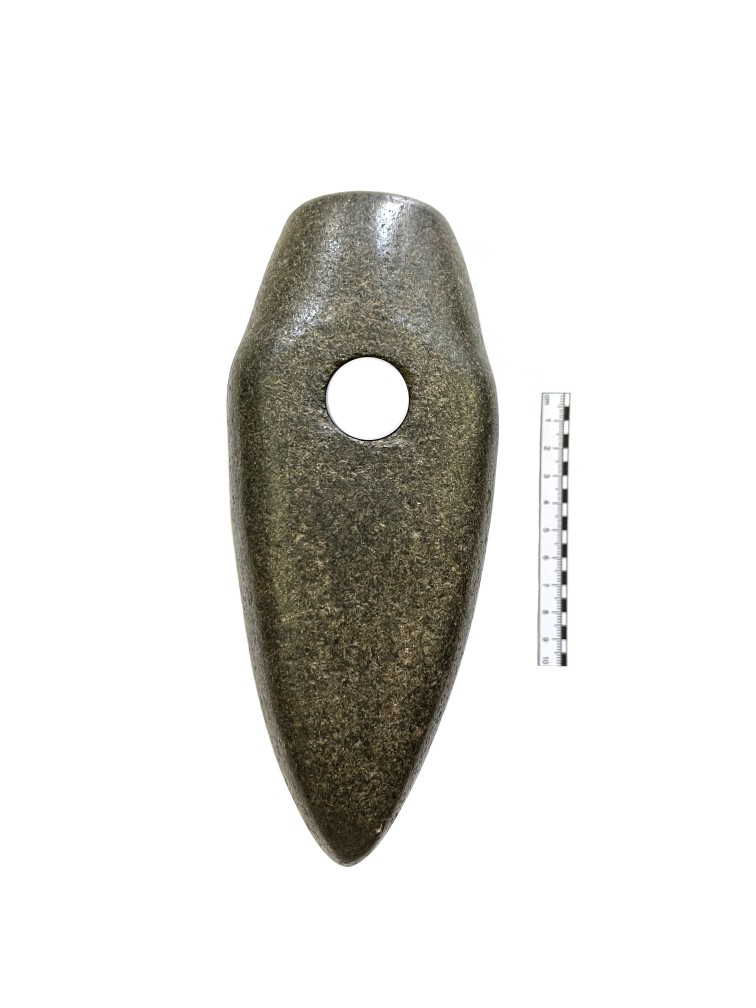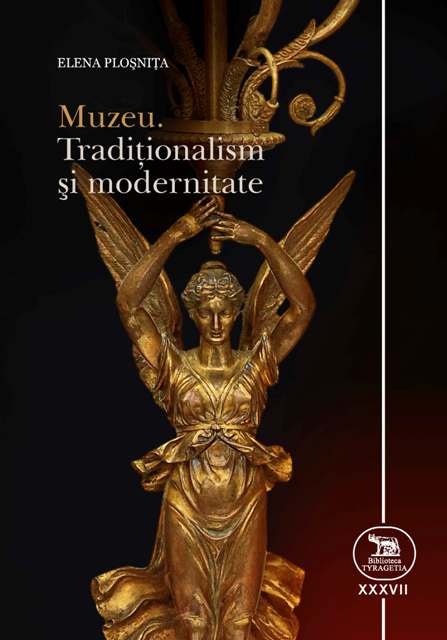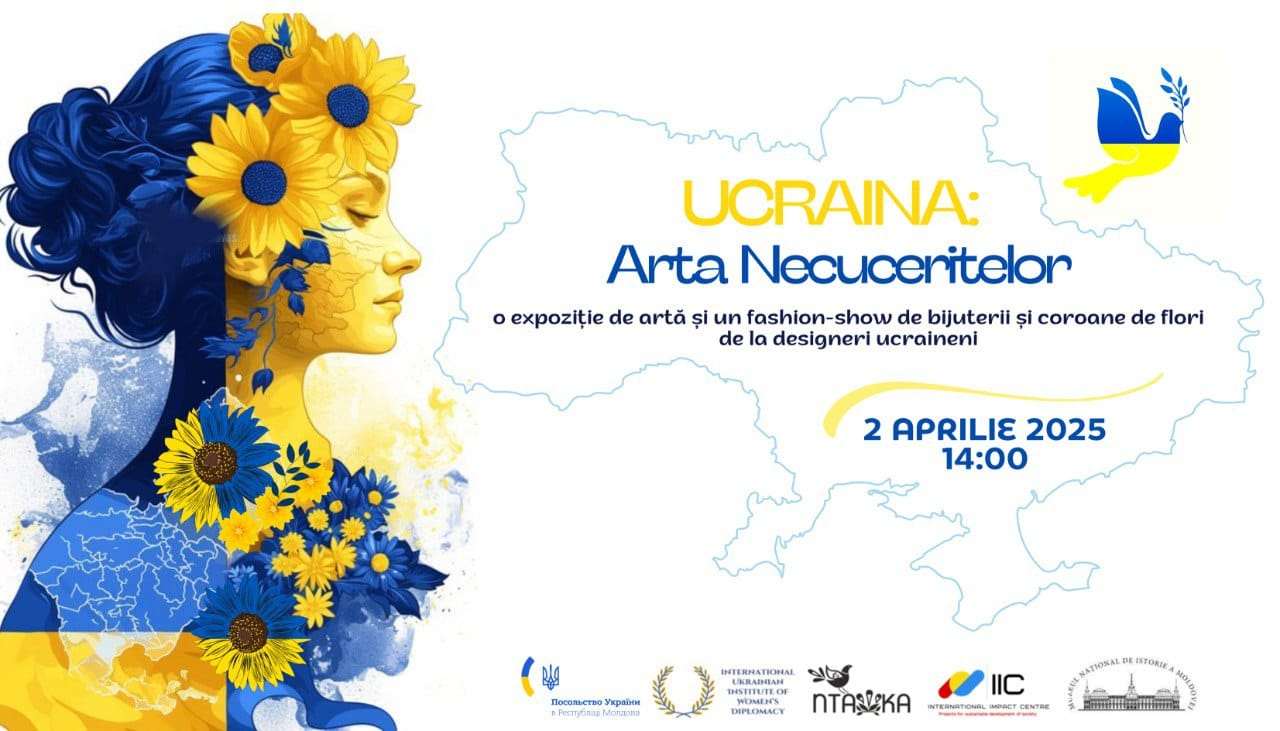The book "Museum. Traditionalism and modernity" is a theoretical reflection on what is a museum institution between traditionalism and modernity. Specific topics that draw up the museum between tradition and modernity are considered. The systematization and analysis of the latest achievements in Moldavian museography has been carried out. Both traditional and innovative processes in the evolution of the contemporary museum as a public institution are traced.
The work is focused on the problems of museums in the Republic of Moldova, the evolution of these institutions over the past 30 years in the dimension between traditionalism and modernity. The main milestones of this evolution are indicated, with many meanings, contradictions, and changes that mark it. In order to present a complete picture of the issue, a systematization and analysis of the latest achievements in Moldavian museography in three specific areas is given, taking into account the specifics of the functioning of a museum: collections, exposition, communication. The book may be of interest to specialists, since for the first time it approaches, in a comprehensive way, the problems of traditionalism and modernity in the museum system of the Republic of Moldova.
The monograph comes as an argument in support of the motivations for reforming and modernizing the traditional museums in the Republic of Moldova, and we hope that it will help museum professionals in the process of internal and external reforming and modernization of the institution. The contemporary museum in the Republic of Moldova remains a traditional one, designed even today as an ordinary institution, but it can become modern only through reform and reorganization, formulating a clear mission and specific goals, through efficient management of collections, by attracting visitors, by developing and implementing national and international projects.
Contents
Preface
1. MUSEUM COLLECTIONS: THEORETICAL AND PRACTICAL ASPECTS
1.1. Museum collections management coordinates
1.2. Scientific records for museum cultural values
1.3. Research and classification of museum collections
1.4. Digitization of museum collections
1.5. Nominal assessment of museum cultural heritage
2. MUSEUM EXHIBITION: APPROACHES
2.1. The concept of museum exhibition
2.2. Typology and methods of organizing a museum exhibition
2.3. Permanent exhibition - a traditional necessity or a modern bagatelle?
2.4. Museum exhibition and information technologies
3. MUSEUM AUDIENCES: COMMUNICATION AND EDUCATION
3.1. Public relations/museum's relationship with the public
3.2. Traditional and modern museum communication
3.3. Education in a modern museum
3.4. Knowing visitors is a modern imperative
CONCLUSIONS
Bibliography
List of abbreviations
Summary (in English)
Summary
Annexes
Index of names
Index of museums




















































